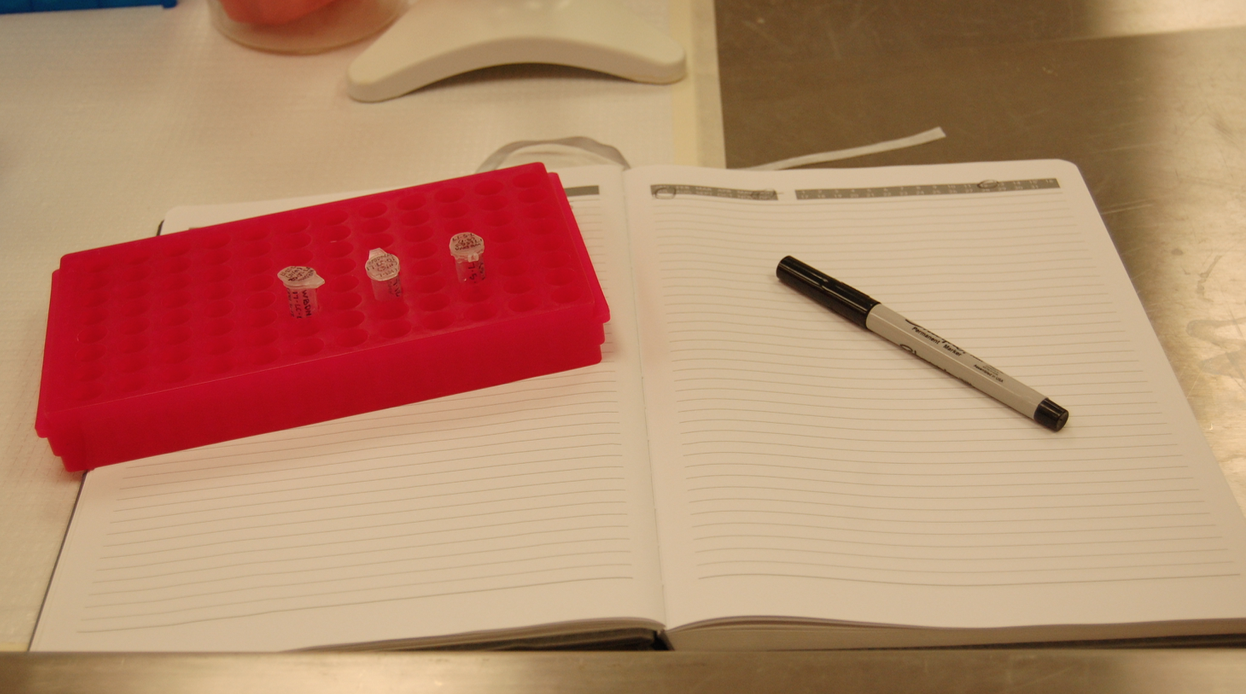
The first time I learned about DNA was in biology class my freshman year of high school. I learned that DNA is made up of paired letters that form a twisting ladder structure, and that the structure determines how living things look and function. I learned more about how my own set of DNA made me one of a kind, and that every species is created from their own blueprint of letters. But, besides knowing that the unique combinations of letters were helpful for catching criminals, I had no idea how often DNA was used in research to enhance medicine, agriculture, and our lives in general.
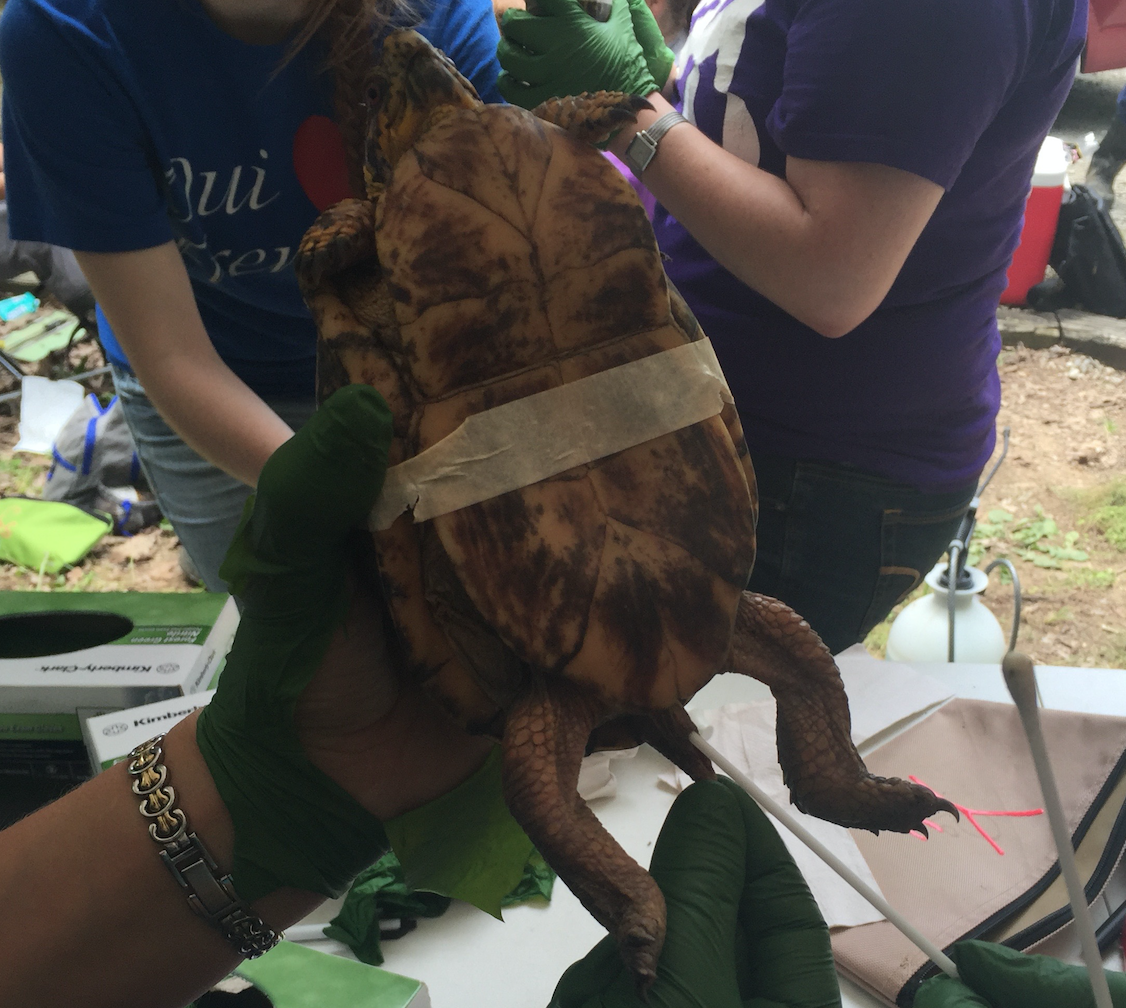
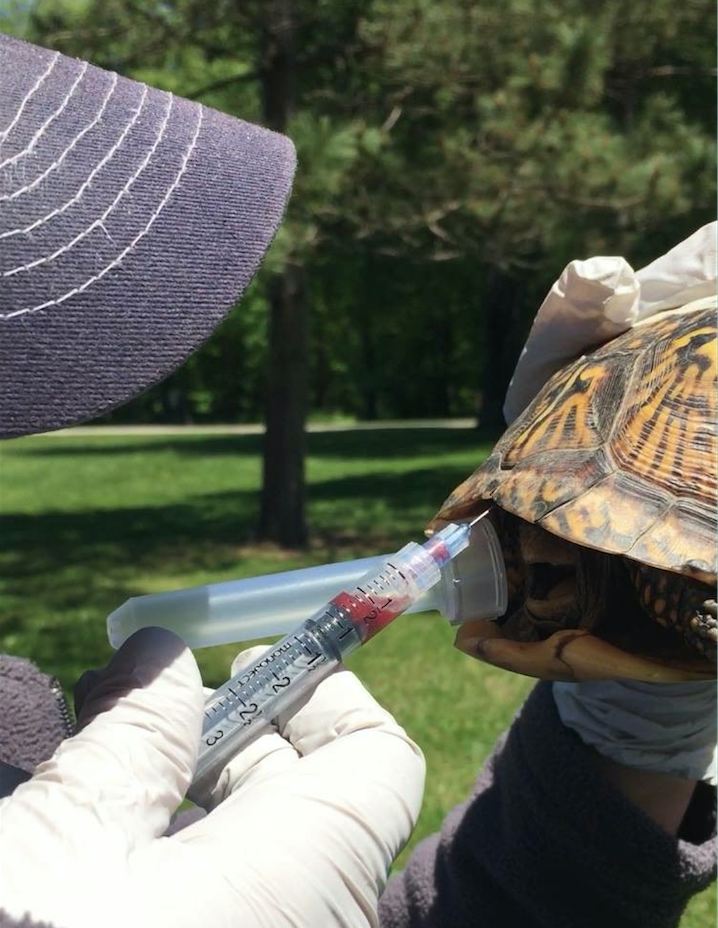
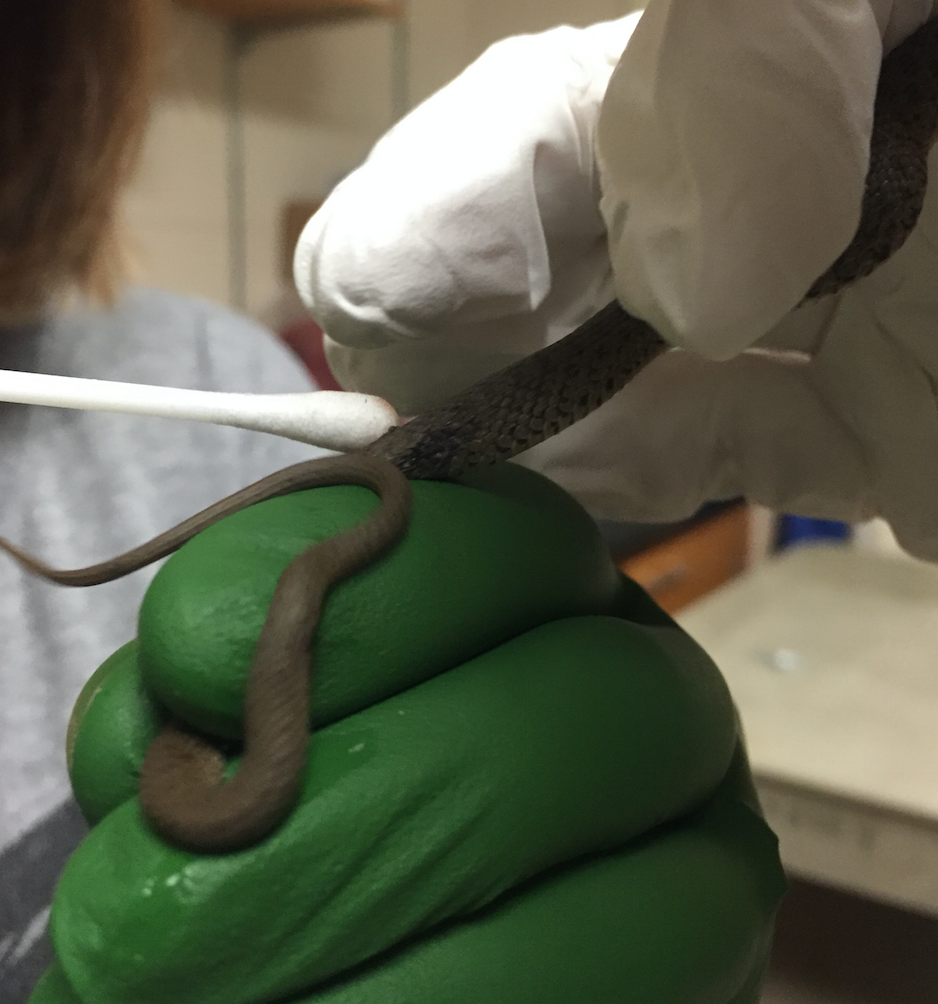
High school biology introduced me to the structure of DNA. College classes taught me how the structures function together to form living creatures. And finally, epidemiology research showed me one way DNA can be used in the real world…
Thousands of samples are sent to the Wildlife Epi Lab each year to be tested for a variety of diseases. But how do we take a carcass, swab, tissue, or blood sample and determine if the animal is diseased or not? Well, there are a bunch of steps that need to be taken before you can get an answer to that question.
The first step in the process is the extraction of DNA from the sample. The process can seem a bit repetitive, time consuming, and boring at times… but if you think about what is happening to the cells in your sample during each step, it is actually pretty cool. Not to mention it is always exciting when you see the beginning and end product!
DNA extraction is used to obtain DNA from your sample in a relatively purified form so it can be used in further testing (PCR, sequencing, ect.). The process is completed through a series of steps:
Step 1: Cell Lysis
The purpose of the lysis step is to break down the cells in the sample and distribute cell contents into the solution. A lysis buffer is added to the sample to destabilize hydrogen bonds and aid in protein solubility. The enzyme Proteinase K is also added during this step to help digest cell proteins. The solution is throughly mixed and incubated in a hot water bath, which allows the Proteinase K to work most efficiently.
There is an additional enzyme and incubation step used in snake fungal disease DNA extraction. Lyticase is another enzyme added to the solution to catalyze the lysis of fungal cells. A large majority of the samples sent to our lab are extracted and tested for SFD, so we commonly use the additional lyticase step!
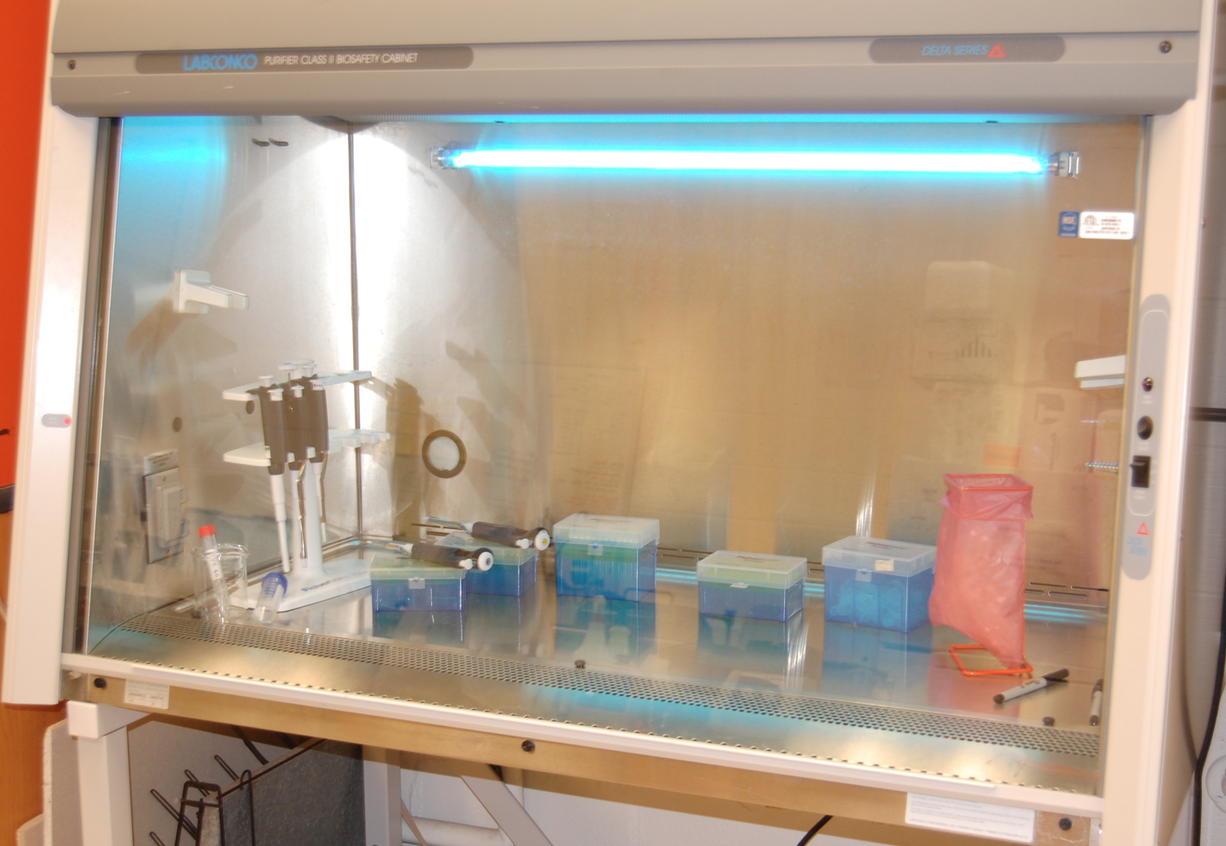

Step 2: Purification and Precipitation
This step allows the binding of nucleic acids to the silica column membrane. Ethanol is added to the mixture from the previous step to help precipitate and aggregate the DNA. The solution is then pipetted into a collection column and centrifuged. DNA becomes pelleted in the column membrane and the supernatant is removed from the solution. The centrifuge step allows desired nucleic acids to bind to the column membrane and all impurities to be removed.

Alright, I realize that reading about DNA extractions can be a bit boring…
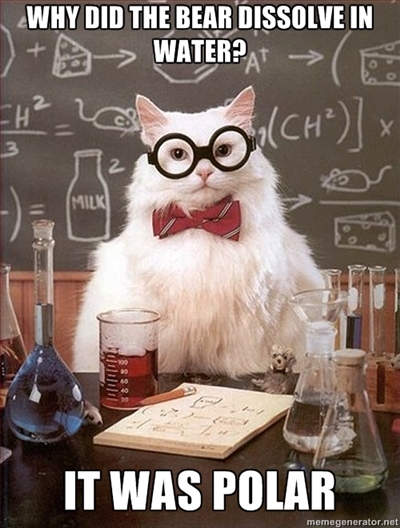
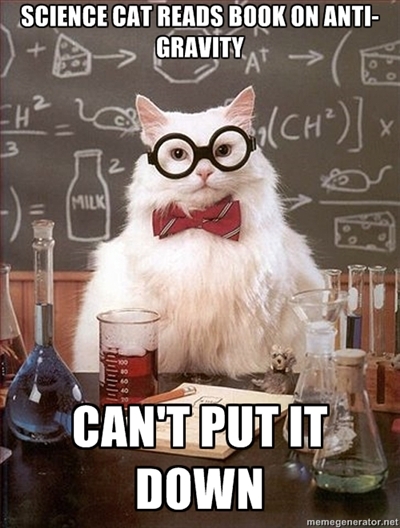
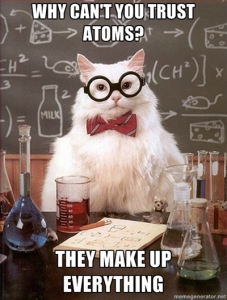
DNA extraction cont…
Step 3: Washing
Any impurities, salts or proteins, that were not removed by the previous centrifuge step are removed during the wash steps. Two wash buffers are used during this step. If the wash step is not performed, salts will not be removed from the collection column and the samples concentration and purity will be greatly impacted. The column is centrifuged after the addition of each wash buffer.
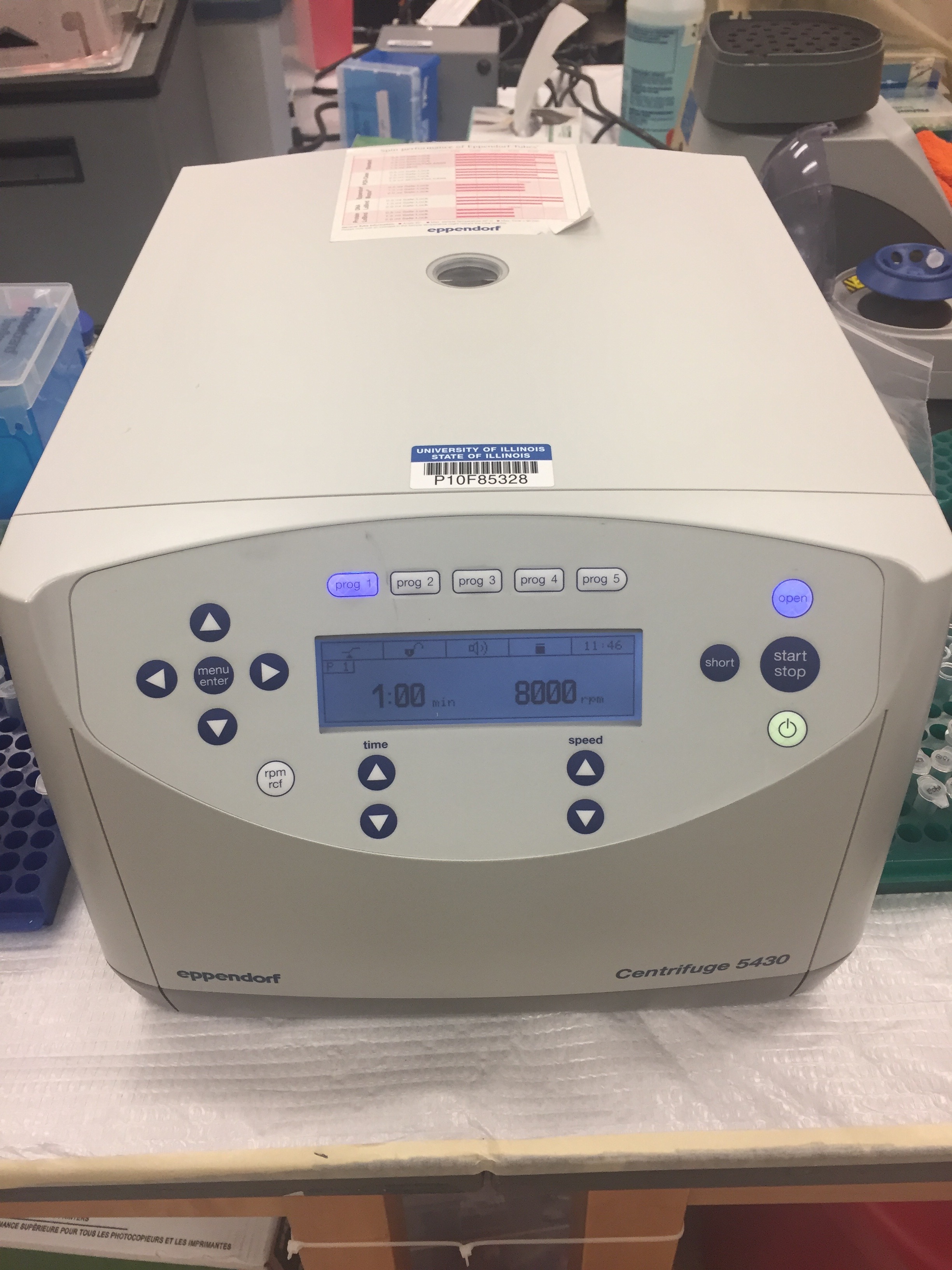
Step 4: Dry Spin
Before eluting the sample and releasing the DNA from the silica membrane, the column is centrifuged one more time without the addition of any liquid to the column. The dry centrifuging step makes sure that the collection column is dry and all residual liquid is removed before eluting the sample.
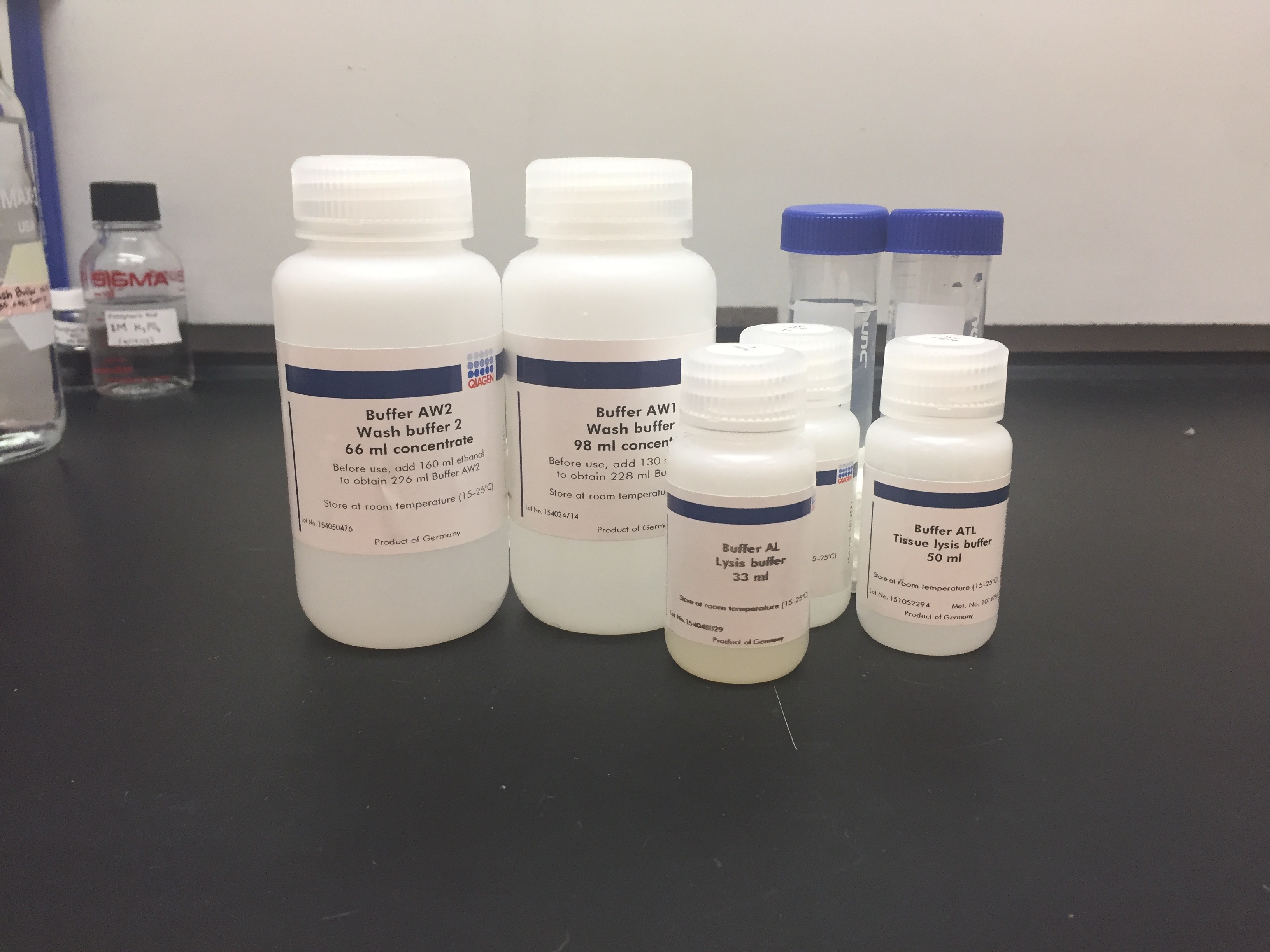
Step 5: Elution
The elution step releases the pure DNA from the silica column membrane into the final collection tube. It is important to wait a few minutes after the elution buffer is added to the column membrane before you centrifuge the column. Waiting a few minutes between adding the elution buffer and centrifuging maximizes the DNA elution.
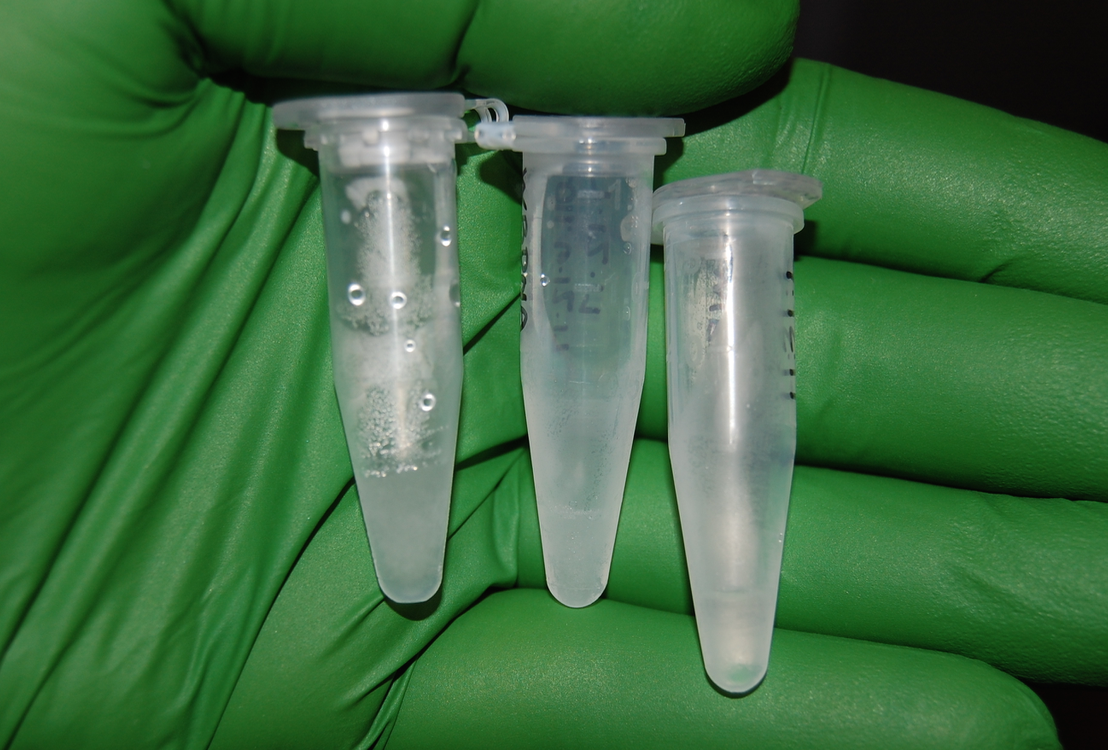
Why is the end product of DNA extraction so important?
I have learned a great deal more about DNA since high school biology class. For one… we are able to take the end product from the extraction (pure DNA) and use it to test for diseases. It is crazy to think about how much you can do when you take a sample and extract just a few microliters of DNA…
If you ask me, that is pretty cool… and gets us one step closer to saving the world…

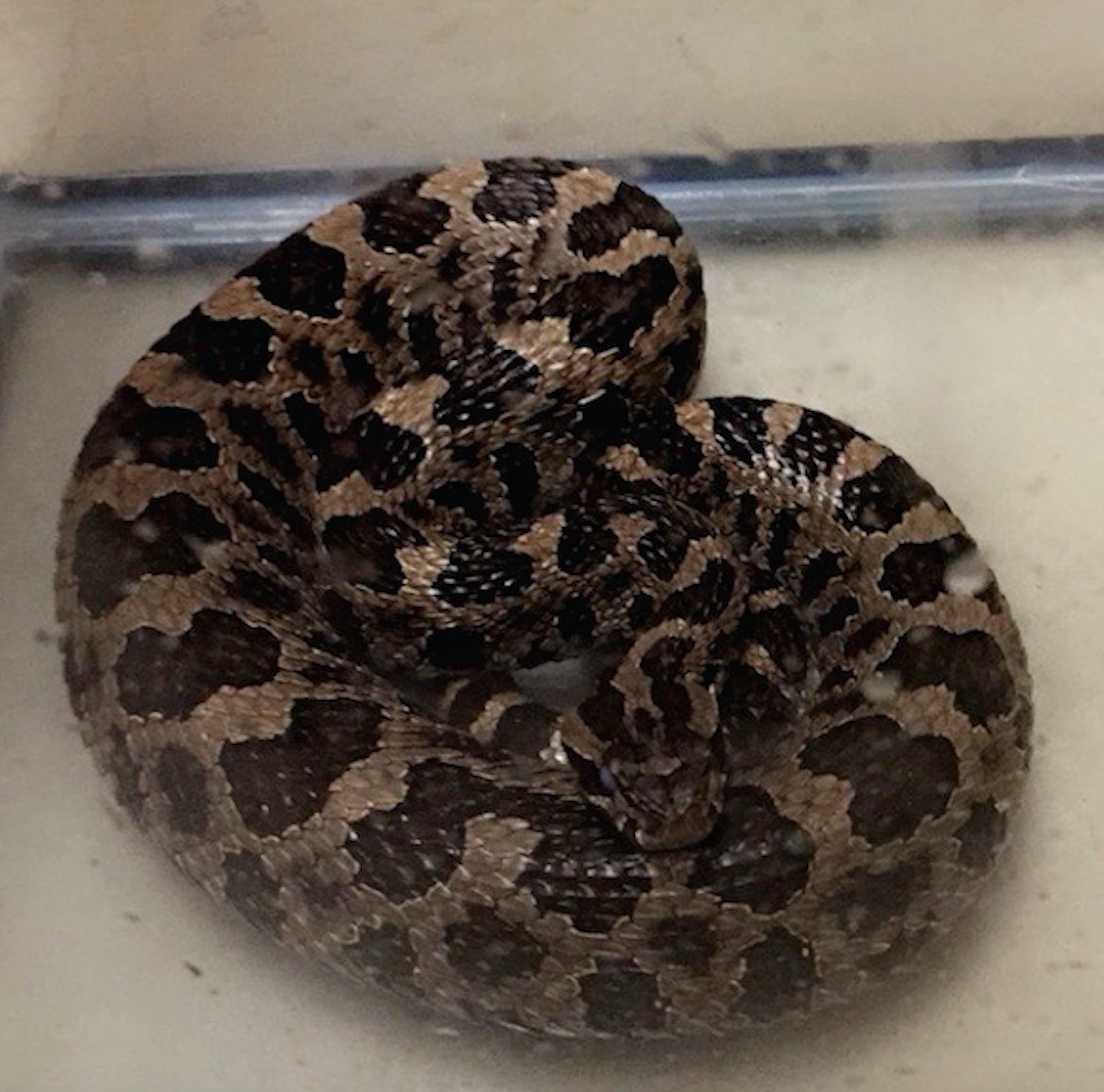
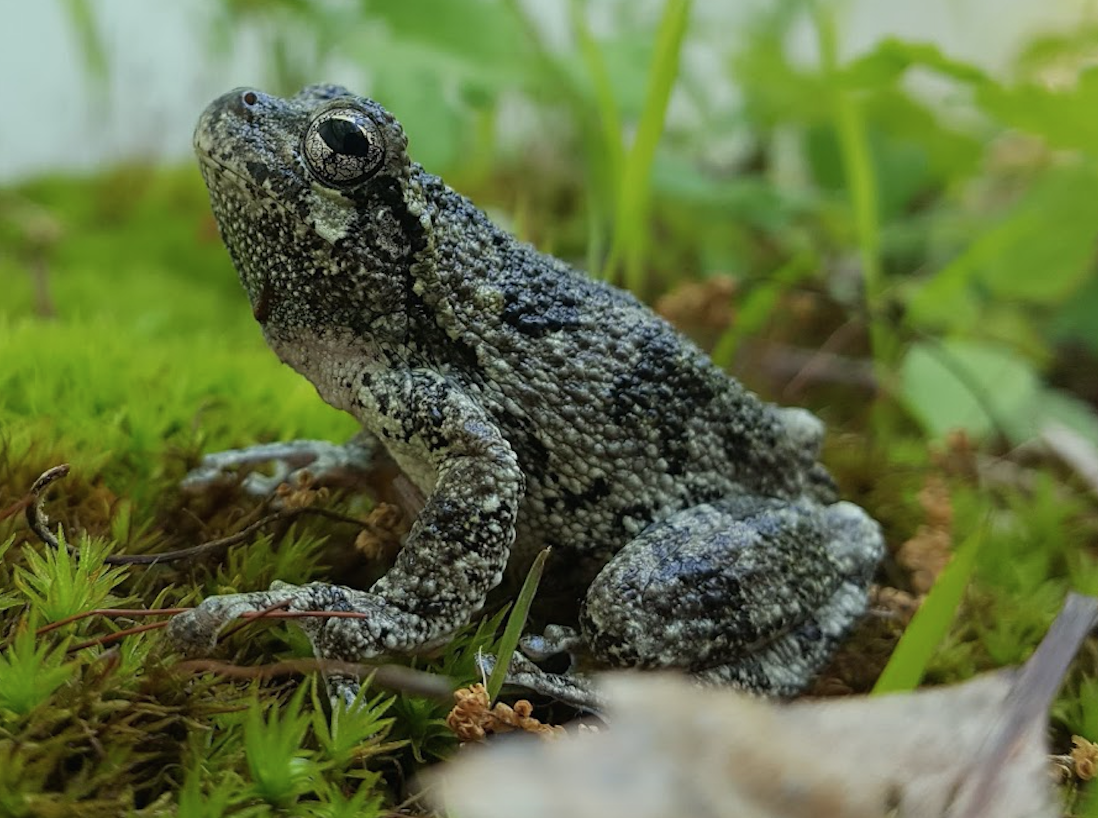
So, why is the end product so important? That will be discussed in my next blog…
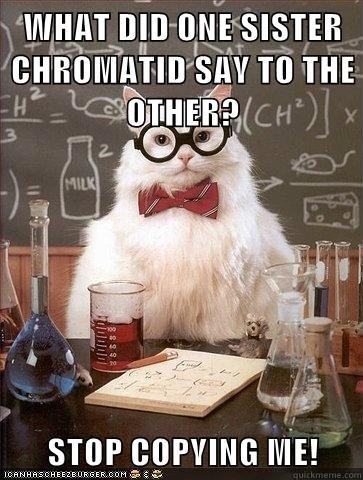
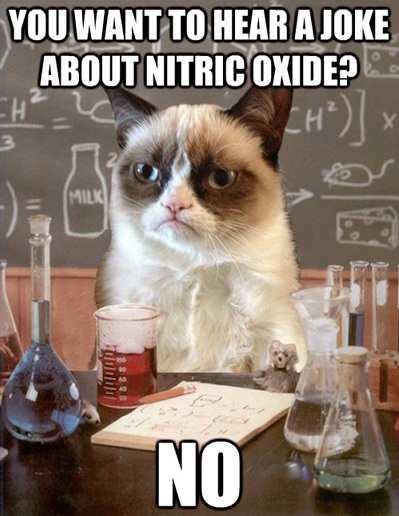
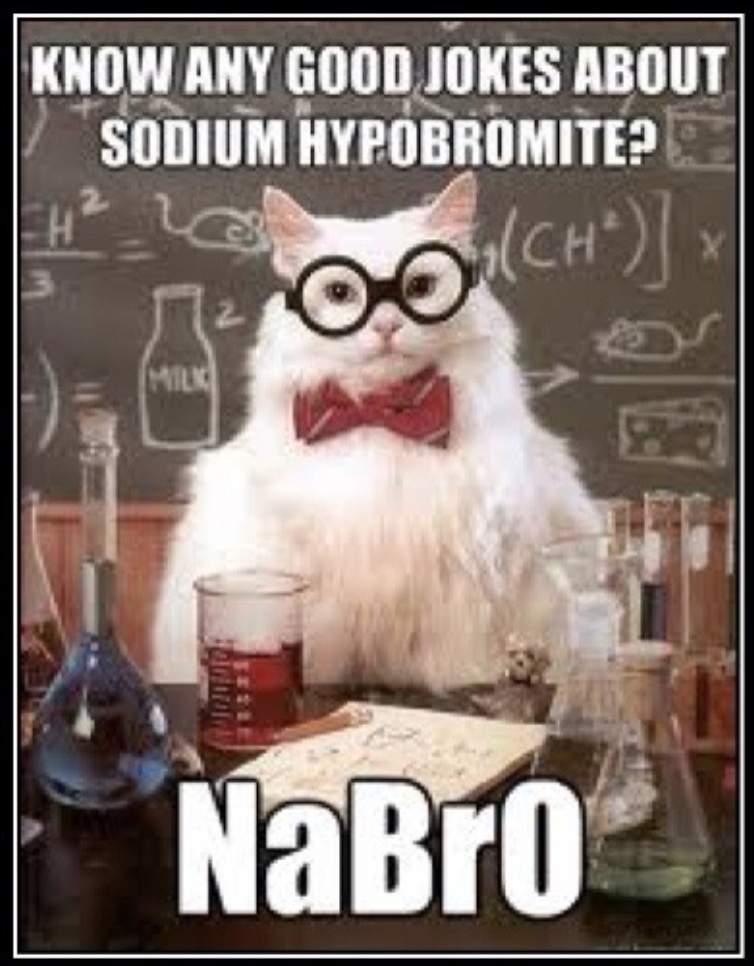
Mic drop. Megan Out.
